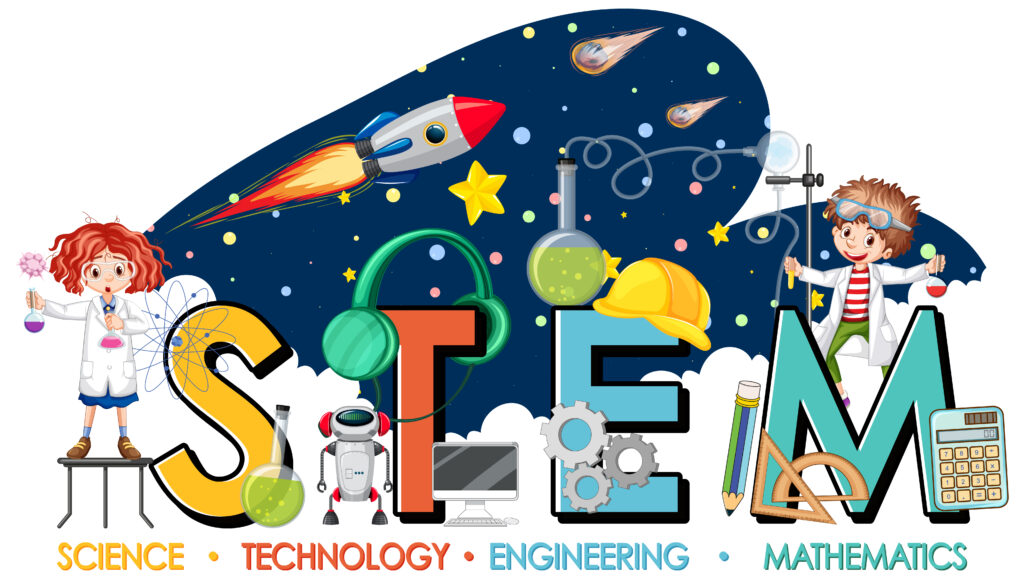Creativity isn’t rare — it’s universal in children. From building imaginary worlds with blocks to crafting stories, every child begins life as a creative force. But creativity, when not nurtured, often fades. In today’s tech-driven world, the need is not just to preserve creativity but to amplify it with scientific thinking. That’s where STEM education comes in.
Science, Technology, Engineering, and Math (STEM) offer the tools and structure that help children channel their creative instincts into purposeful innovation. STEM doesn’t replace creativity — it supercharges it.
The Science of Creativity
Children are natural explorers. They question, hypothesize, and experiment instinctively. STEM education builds on this by introducing structured experimentation, project-based learning, and hands-on problem solving. When a child uses a DIY kit to create a robot or program an AI tool, they’re not just learning — they’re imagining, building, and inventing.
Creativity through STEM is about real-world impact. Instead of just drawing solar panels, students can build a working model. Instead of imagining a mobile app, they can design one. This active engagement in creation fosters a powerful belief: “I can make a difference.”
Why Creativity Needs a Scientific Framework
Unstructured creativity often loses direction. STEM provides a framework — an organized way to think, build, and test ideas. It helps children:
– Learn through trial and error
– Understand cause and effect
– Refine ideas based on feedback
When a child encounters a failed design, they don’t give up — they adapt. That resilience is the bedrock of innovation.
STEM and Future Careers
In a world where AI is rewriting how we live and work, creativity alone isn’t enough. Future careers demand the ability to creatively solve problems with a technical lens. Whether it’s designing smart homes, developing educational apps, or using data for social good — the jobs of tomorrow will require scientifically enhanced creativity.
STEM education builds that bridge. It blends logic with imagination, encouraging children to think like artists and build like engineers.
Early Exposure, Lasting Impact
The earlier a child is exposed to STEM activities, the deeper the impact. At ABL Education, our programs begin as early as Grade 3. We use age-appropriate, hands-on kits that guide students through a journey of creative discovery with real scientific tools.
A child who builds a working windmill in class or codes a simple game learns more than science — they learn that their ideas have power.
Conclusion:
Every child is born creative. The challenge is nurturing that creativity in a meaningful, structured way. STEM education offers a pathway to do just that — combining the wonder of imagination with the discipline of science.
At ABL Education, we help children unleash their creative potential — not just for the sake of expression, but to prepare them for a future where innovation leads the way.
The future doesn’t just need thinkers. It needs makers. Let’s help children become both.

